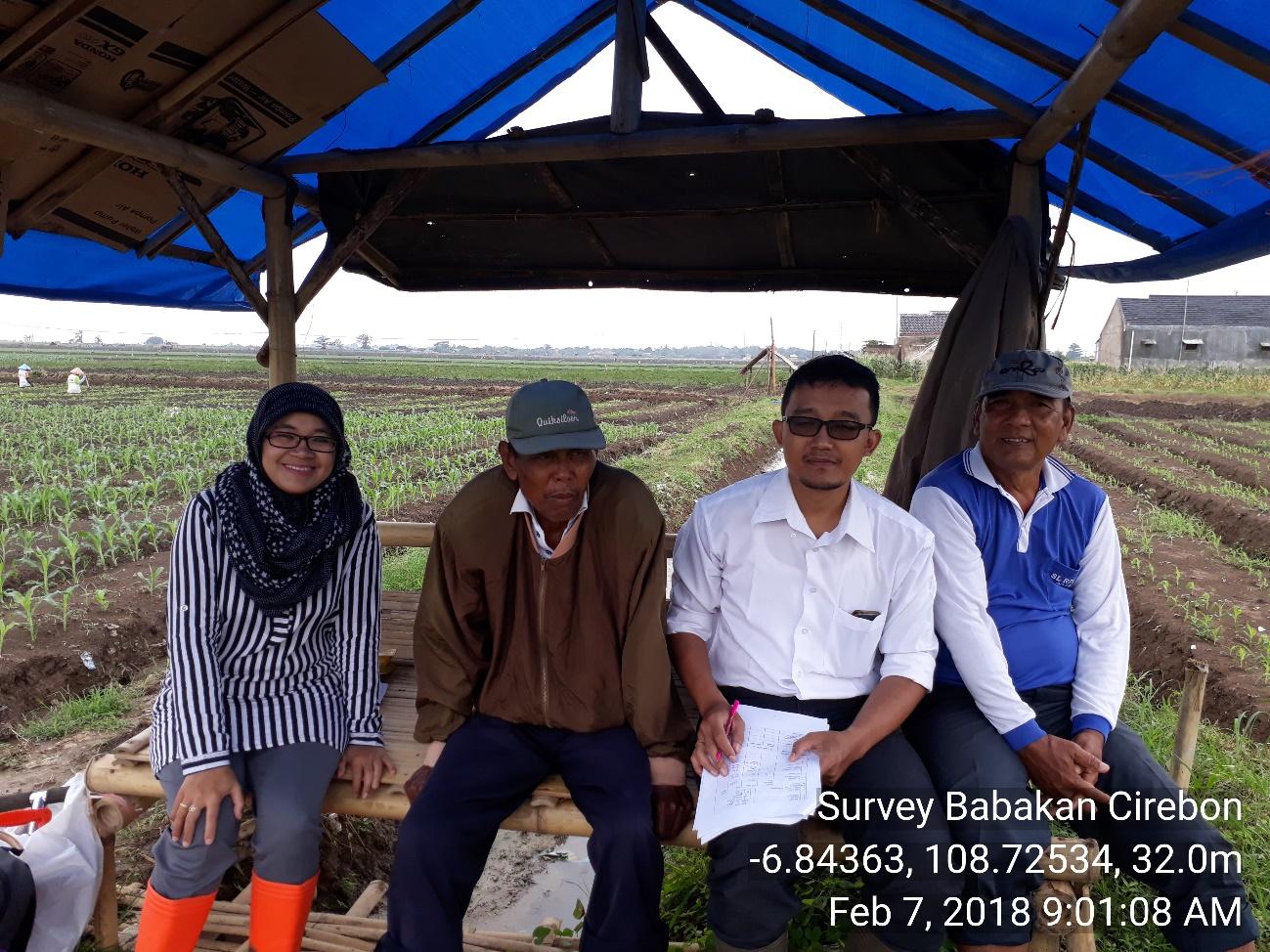Gina Aliya Sopha, a horticulturist from Indonesia, told us she drew initial inspiration for her smallholder agricultural research grant proposal from perhaps an unlikely source—YouTube.
Speaking with Grow Further, Sopha explained that she’s a fan of the Youtube channel of JADAM, a South Korean organic farming cooperative formed in 1991, with 88,000 subscribers. She’s particularly impressed with the group’s methods of encouraging the growth and propagation of beneficial microorganisms to enhance soil conditions, thereby encouraging better plant growth and higher-yielding crops.
“We know that soils contain numerous microorganisms that are different from one place to another,” Sopha explained to us. “By using local microorganisms, this technology can easily be implemented at the farmer’s level. Not only that, but JADAM’s method also introduces natural pesticides to work against pests and diseases.” Seeing JADAM’s success, Sopha figured that she could harness these same techniques to help her nation grow more shallots, a crop grown by 10 million farmers in Indonesia and the key ingredient in bawang goreng.
Inspired by JADAM via YouTube, Sopha made a brief video of her own and submitted it to us along with her application in response to our first grant announcement. Her WhatsApp video is brief and succinct: Sopha said she’s applying for a grant to fund her investigations into improving shallot cultivation in acidic soils and during Indonesia’s rainy season, a surprisingly tough time to grow food.
Gina Sopha, in her own words
“We succeeded in improving shallot yields in low pH and low P [soils], but we failed to improve shallot yield in extremely acidic conditions when the aluminum levels were very high.”
“My Ph.D. project was about producing shallot in acidic soils,” Sopha began. “We found out that the challenges to producing shallot in acidic soils were soil pH, phosphorus availability, and aluminum toxicity. We used lime and phosphorus to increase soil pH and P availability and reduce aluminum toxicity. We succeeded in improving shallot yields in low pH and low P [soils], but we failed to improve shallot yield in extremely acidic conditions when the aluminum levels were very high.” Sopha said she soon resolved that there must be other ways to help these crops grow in such challenging soil conditions. That search led her to YouTube. “I watched JADAM on a YouTube channel,” she recalled. “They said that JADAM technology could improve soil properties, especially physical and biological properties. That’s how the idea came up to my mind.”
When it’s too wet
Aside from the challenge of improving shallot harvests in acidic soils, Sopha added that she’s also determined to improve shallot cultivation during Indonesia’s wettest months. The additional water is welcome; the problem is the pests and diseases the downpours bring, she elaborated for us.
“In the rainy season, when the humidity is high, the incidence of disease is very likely,” she said. “Farmers apply a high volume of fungicides to prevent disease incidence. This practice harms the environment and human health.” Sopha said that in one study she and her colleagues discovered that shallot farmers would often apply fungicides to their crops twice a day during the rainy season in a desperate and expensive bid to ward off plant diseases, “even though there was proof that high pesticides do not mean high yields.” In other words, this practice not only threatens the environment and human health, but also generally doesn’t work.
Shallot nation
Sopha said shallots are a critical part of Indonesian agriculture and cuisine. “The shallot is one of the most important vegetables for the Indonesian people,” she said. “We use shallot in many Indonesian foods.”
As she noted, lowland shallot farmers grow their produce on raised soil beds with irrigation running between them in a system called “surjan”, while upland farmers depend on rain and generally obtain lower yields. But Sopha thinks the right combination of microorganisms could help boost the fortunes of smallholder shallot farmers across topography and soil types. “Improving shallot production in the rainy season by using JADAM’s method might help us to reach our goal: shallot production that has high yields, is eco-friendly, and safe”.
— Grow Further
Photo credit: Gina Sopha (far left) shared this photo of herself with shallot farmers in the field.




